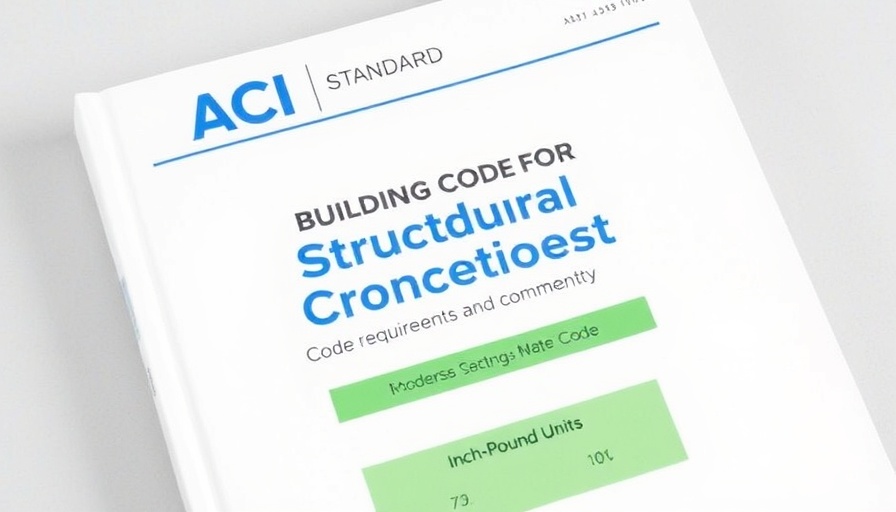
The Rise of Lithium: A Game Changer in Construction
The recent news that a Nevada lithium mine has secured funding to begin construction marks a pivotal moment not just in the realm of resource extraction but also in the broader construction industry. As the world shifts towards more sustainable energy solutions, lithium—a key component in batteries for electric vehicles and renewable energy systems—is becoming increasingly valuable. For commercial construction companies, understanding this shift can provide a significant edge in project planning and management.
Why Lithium Matters to Construction Efficiency
The significance of lithium extends beyond its use in batteries. Its incorporation into construction materials could revolutionize how buildings are designed and operated. Imagine structures equipped with smart systems powered by advanced battery technology that can store energy more efficiently, reducing operational costs and enhancing the longevity of projects.
Funding Fuels Growth: What This Means for Developers
Securing funds for the lithium mine is more than just a financial achievement; it signals confidence in the resource’s long-term value. As commercial developers, this presents a golden opportunity. Aligning with sustainable resource projects can not only enhance brand value but also attract eco-conscious investors eager to support green initiatives.
The Future of Construction with Lithium Technology
With the broader push for electric vehicles and sustainable infrastructure, the demand for lithium is only set to increase. Developers have the chance now to integrate lithium technologies in future projects, potentially transforming energy usage and significantly impacting costs. Innovations may include lithium-infused building materials that contribute to light-weight structures or energy-efficient heating and cooling systems powered by stored energy.
Building a Sustainable Future: The Moral Imperative
There’s also a social responsibility that comes with this knowledge. By investing in sustainable materials like those derived from lithium, construction companies are not just optimizing their projects—they’re also contributing to a greener planet. This ethical angle can resonate with clients and stakeholders, further enhancing a company’s reputation in the market.
Actionable Insights: Leverage the Lithium Boom
So, what should construction firms do with this information? Engage with suppliers who are already exploring lithium applications, invest in training for employees regarding sustainable practices, and align project goals with eco-friendly initiatives. All these actions can propel a company toward a more innovative and sustainable future.
The Closing Argument: Why This Matters to You
As we’ve explored, the funding of the Nevada lithium mine isn't just another headline; it’s a glimpse into the future of construction. By embracing innovations and sustainable materials like lithium, companies can ensure not only their growth but also contribute to a sustainable and efficient industry. So, let’s not just watch the trend—let’s become part of it. Stay informed and proactive, and you might just find yourself ahead of the curve in this evolving construction landscape.
 Add Row
Add Row  Add
Add 




Write A Comment